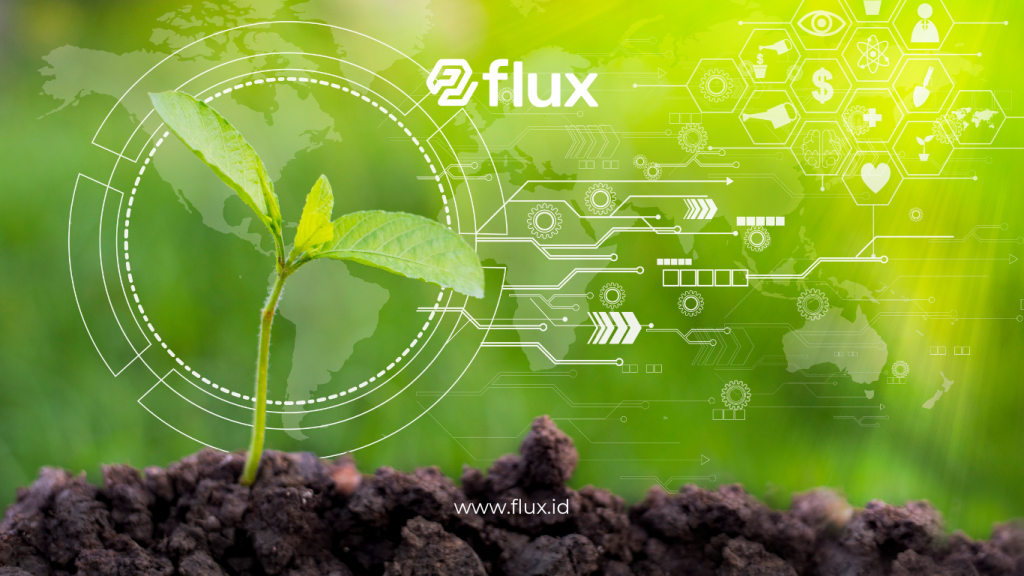Don't miss our holiday offer - 20% OFF!
In an era where technology is advancing rapidly, modern agriculture has begun adopting Internet of Things (IoT)-based solutions to increase efficiency and crop yields. IoT sensors for soil health are one of the innovations that have proven to improve soil and crop management. This technology allows farmers to monitor soil conditions in real-time, providing highly accurate data on moisture, pH, temperature, and soil nutrients. With this information, farmers can make better and timely decisions, ultimately contributing to higher yields.
Contents
What Are IoT Sensors for Soil Health and Maximum Harvest?

Read More: Soil Nutrient Sensor Innovation: Preserving Soil Quality and Plant Health
IoT sensors are devices connected to the internet that are used to collect data from the surrounding environment. In the context of agriculture, these sensors are installed in fields to monitor various parameters related to soil and crops. Examples of sensors used include moisture sensors, pH sensors, temperature sensors, and soil nutrient sensors.
Soil Moisture
Soil moisture is crucial for plant growth. Moisture sensors provide real-time data on soil moisture levels, so farmers know when it’s the right time to water crops or stop irrigation. This ensures efficient water use, reducing waste and keeping plants healthy.
Soil pH
Soil pH balance affects nutrient availability to plants. pH sensors monitor the acidity or alkalinity of the soil. Imbalanced pH can make it difficult for plants to absorb essential nutrients, potentially reducing yields. With IoT pH sensors, farmers can know when to correct soil pH.
Soil Temperature
Soil temperature plays a key role in root growth. Temperature sensors provide information on the soil temperature, which affects plant growth, especially in extreme seasons. With accurate temperature data, farmers can adjust irrigation or take other actions to protect plants from unsuitable temperatures.
Soil Nutrients
Soil nutrient sensors monitor the levels of essential nutrients like nitrogen, phosphorus, and potassium in the soil. These sensors provide valuable information to determine the type of fertilizer needed to maintain soil fertility. This technology helps farmers maximize fertilizer use, avoid over-fertilizing, and improve soil quality for optimal yields.
Benefits of Using IoT Sensors for Soil Health and Maximum Harvest

Read More: Optimizing Agriculture with Soil Health Monitoring Sensors
Resource Use Efficiency
One of the biggest benefits of using IoT sensors in agriculture is the efficient use of resources like water and fertilizer. With accurate data on soil moisture, pH, and nutrients, farmers can water and fertilize more efficiently, reducing waste and operational costs.
Real-Time Soil Monitoring
IoT sensors enable real-time soil monitoring. The data generated can be accessed through mobile devices or computers, allowing farmers to take quick action when significant changes in soil conditions occur. For example, if a moisture sensor detects dry soil, farmers can immediately activate irrigation to prevent plant stress.
Better Decision-Making
With more accurate and up-to-date information, farmers can make better decisions regarding planting times, irrigation, fertilization, and crop management. Sensor data helps reduce uncertainty related to changing weather or soil conditions, ensuring optimal crop care.
Environmental Impact Reduction
By using IoT sensors, farmers can reduce the excessive use of chemical fertilizers and pesticides, which can pollute soil and water. Efficient resource use also helps reduce the agricultural carbon footprint, supporting more environmentally friendly farming practices.
IoT Sensor Applications for Soil Health and Maximum Harvest

Read More: Future Farming Optimization with Soil Nutrient Sensors
Smart Farming
IoT sensors are key to implementing smart farming, where technology is used to optimize all aspects of farm management. The data produced by soil sensors allows for more precise land management, reducing risks from suboptimal soil conditions and increasing overall crop yields.
Agricultural Process Automation
Automation is increasingly being applied in modern farming. IoT sensors can automate various processes, such as irrigation and fertilization, based on real-time data collected by the sensors. This enables more efficient farming, reducing manual labor and ensuring consistency in crop care.
Improved Crop Management
With more accurate soil condition data, farmers can plan crop rotation, pesticide use, and other treatments more effectively. This reduces the risk of pest and disease outbreaks and increases harvest success.
Challenges and Solutions in Using IoT Sensors for Soil Health and Maximum Harvest

Read More: Enhancing Soil Nutrient Balance with IoT Sensor Technology
Initial Costs and Infrastructure
Although IoT sensors offer many benefits, the initial costs for installation and system maintenance can be a barrier for some farmers. However, as technology advances and sensor prices become more affordable, many solutions are now offering more cost-effective options. Additionally, IoT sensor use can reduce operational costs in the long run, making the initial investment worthwhile.
Network and Connectivity Limitations
In some agricultural areas, internet connectivity issues can be a challenge. To address this, IoT sensor systems based on long-range wireless communication technologies (such as LoRaWAN or NB-IoT) can provide a solution. These technologies enable data transmission even in areas with poor cellular network coverage.
Conclusion
IoT sensors have transformed the way farmers manage soil and crops. With the ability to monitor soil conditions in real time, this technology offers significant benefits for improving soil health and maximizing yields. Although challenges related to cost and connectivity exist, the long-term benefits of using IoT sensors are clear. This technology not only helps farmers make better, more efficient decisions but also supports more environmentally sustainable farming practices. As this technology continues to evolve, the future of smart farming and optimal crop yields is within reach.





